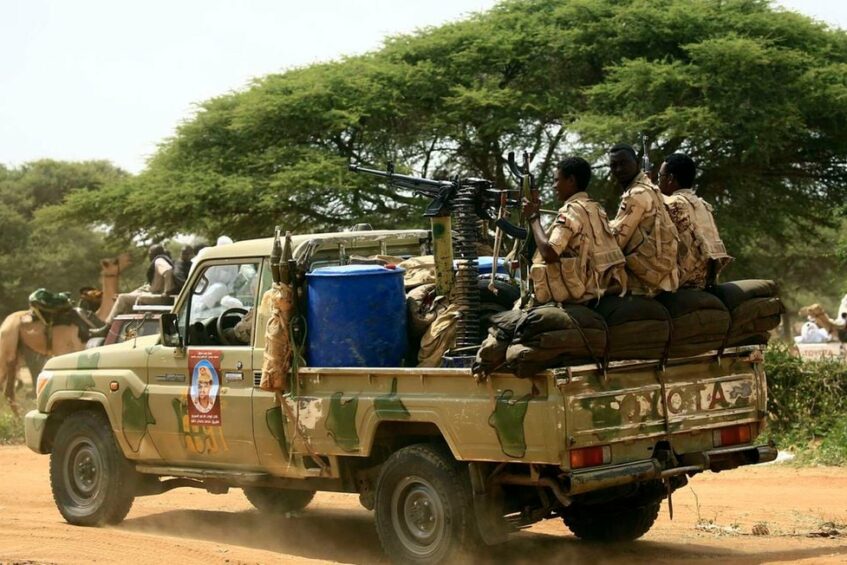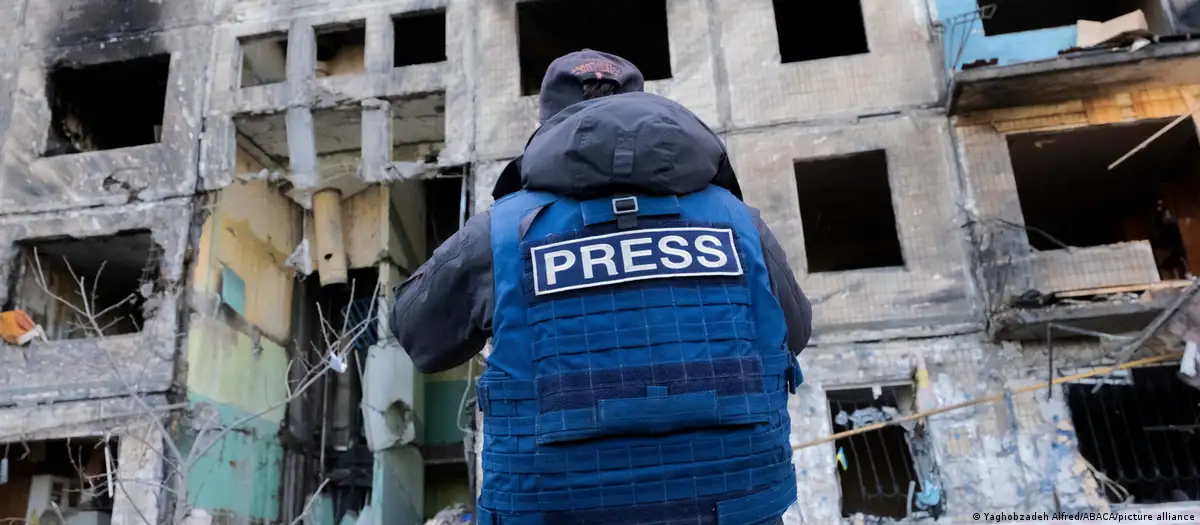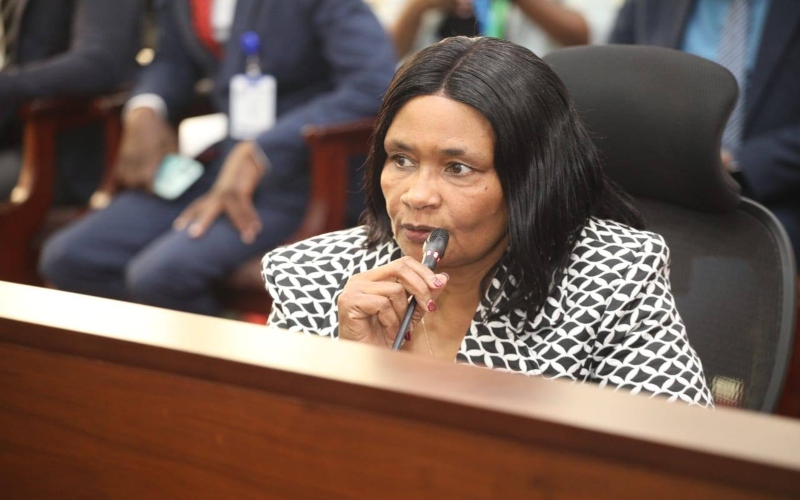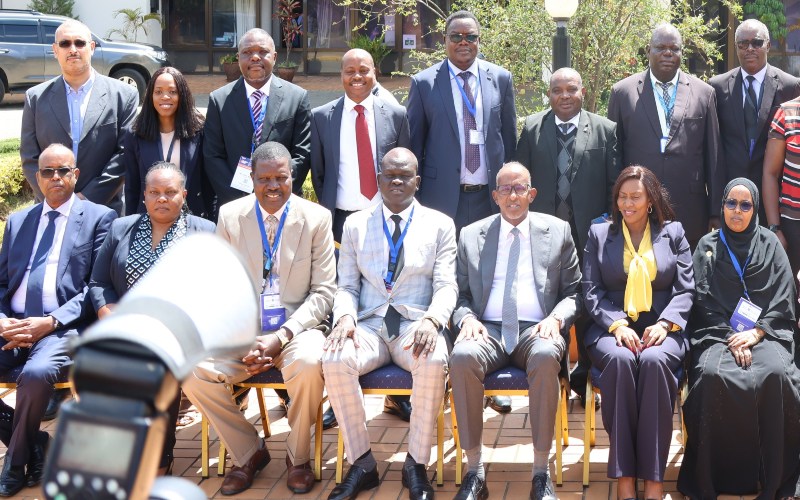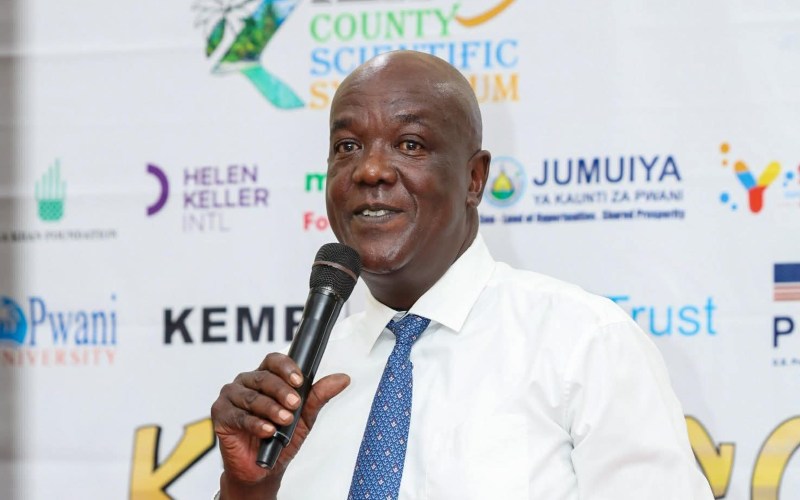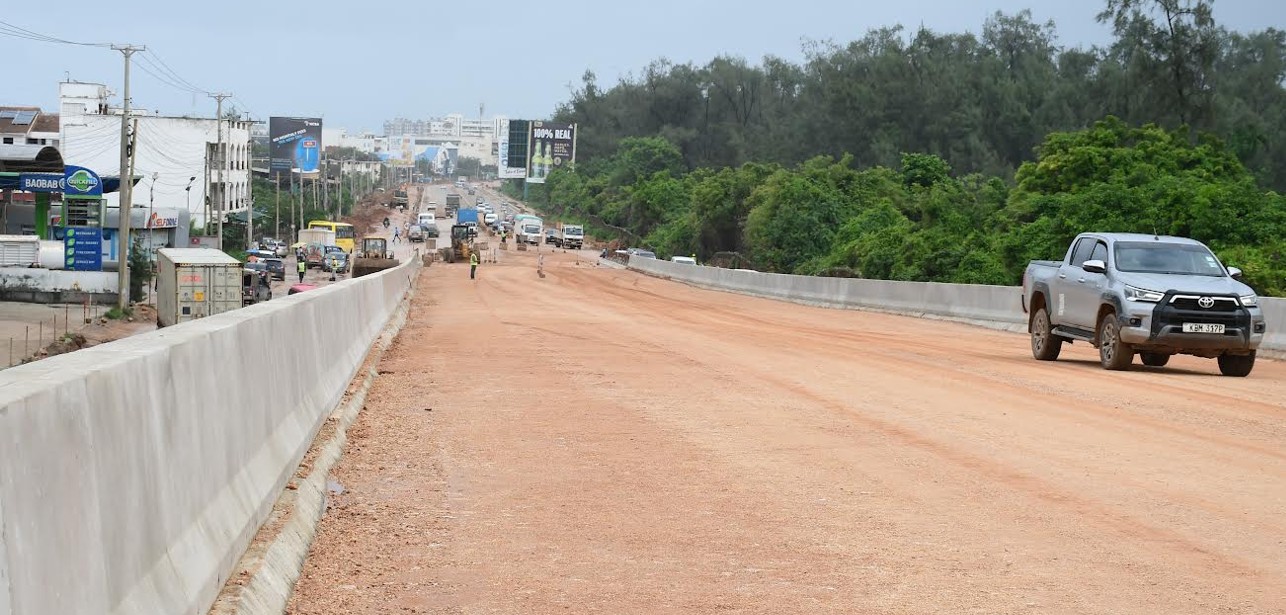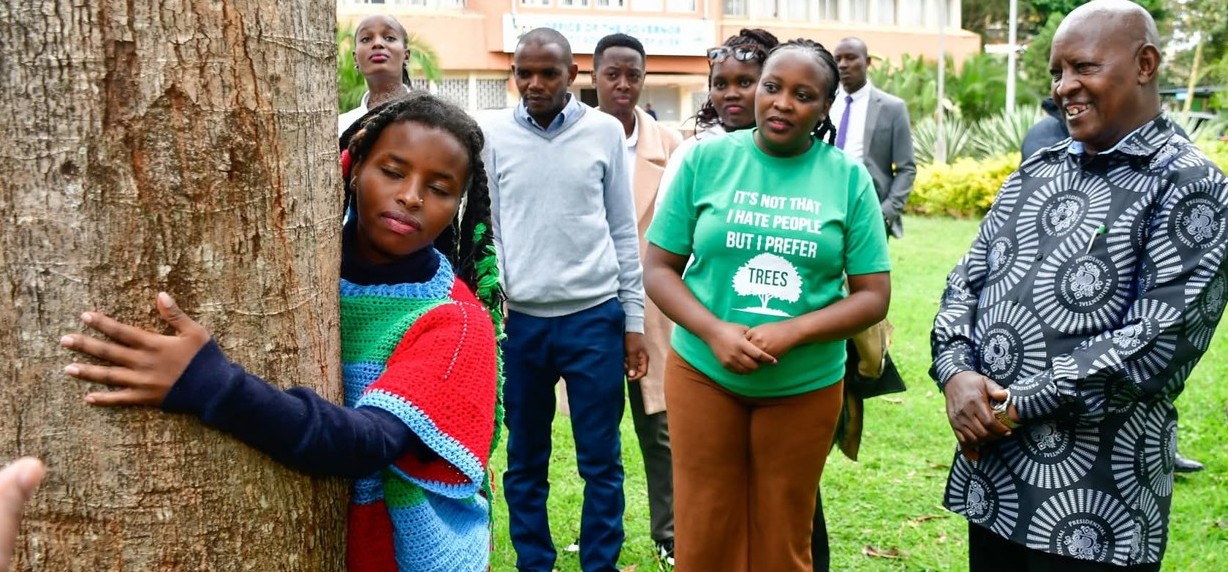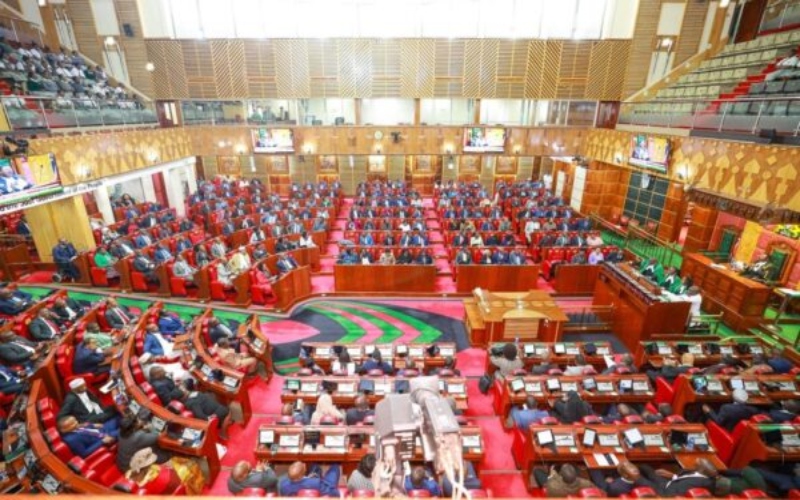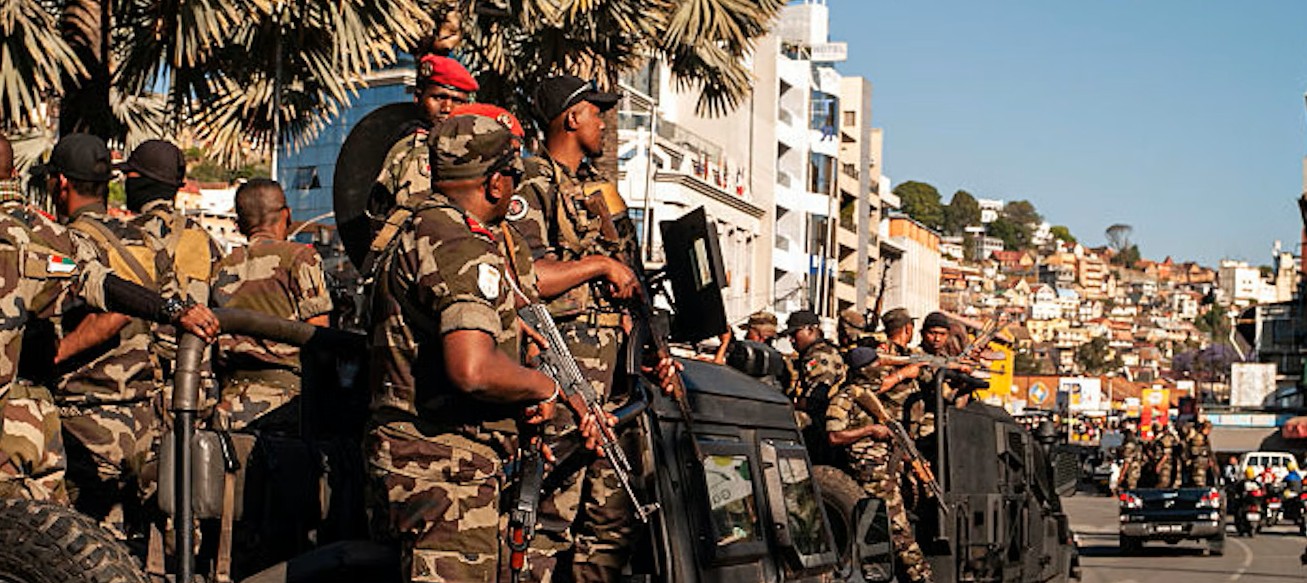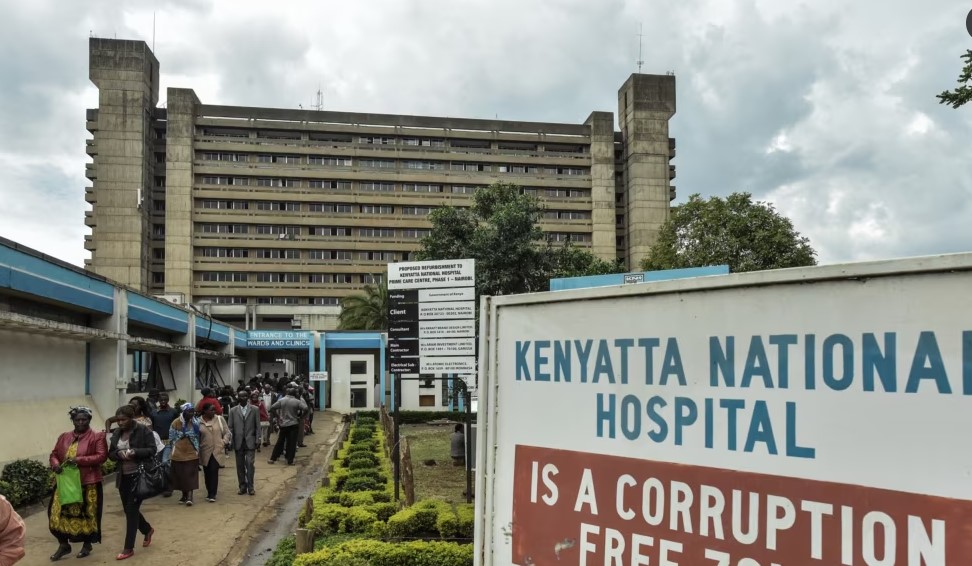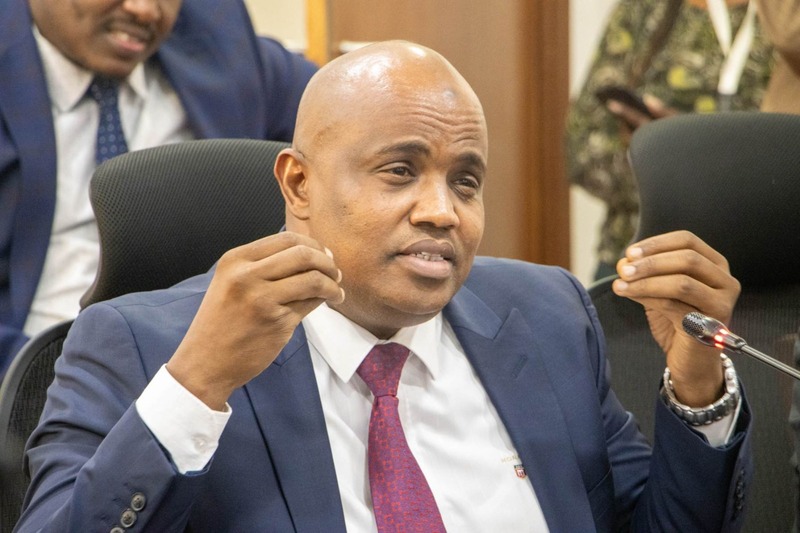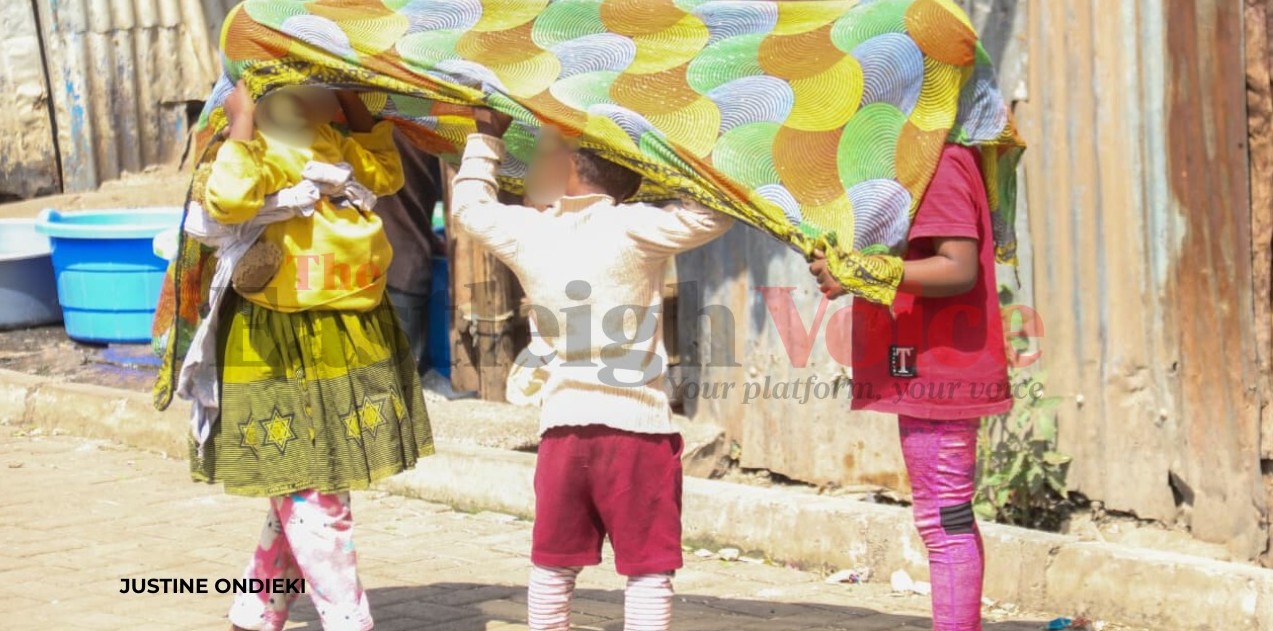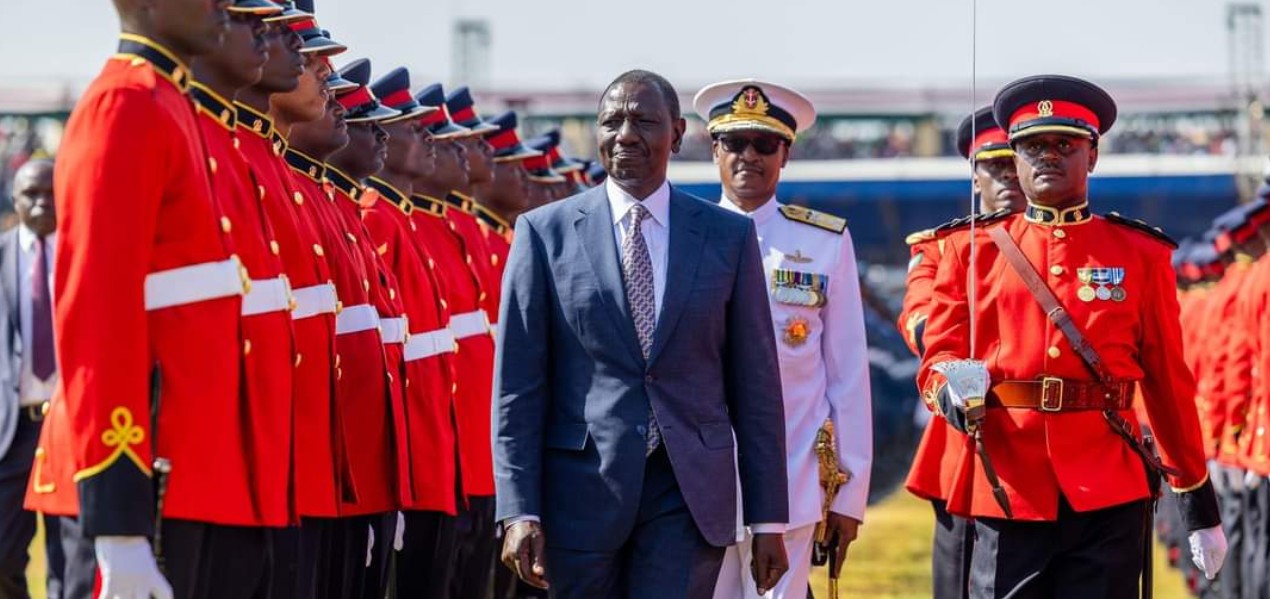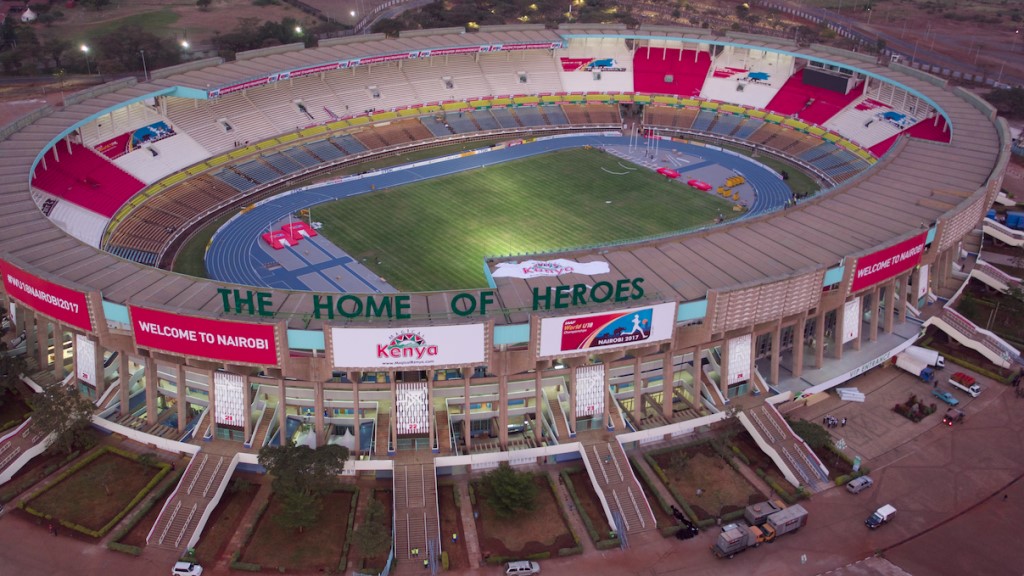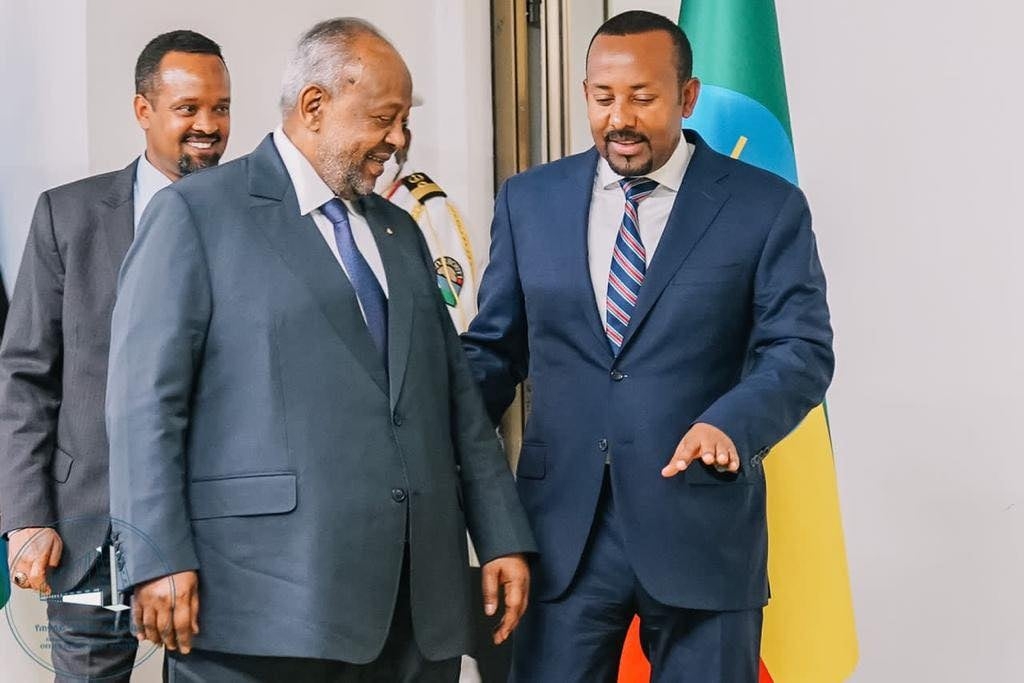EAC-SADC leaders merge Luanda, Nairobi peace processes to resolve DRC crisis
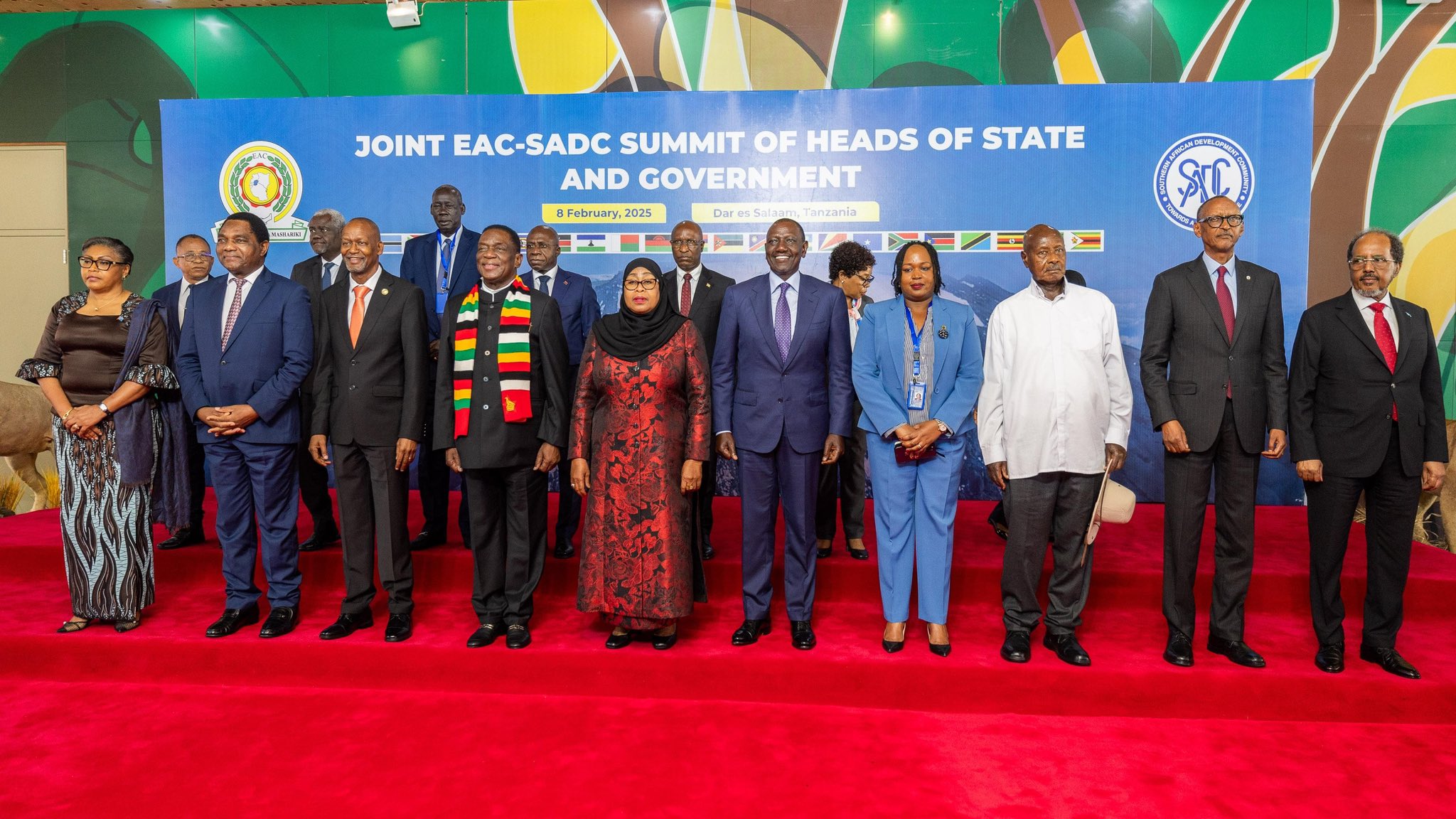
The summit acknowledged the complexities arising from the parallel peace initiatives and called for their consolidation into a single, jointly managed process.
Regional leaders have agreed to merge the Uhuru Kenyatta-led Nairobi Process on peace restoration in the Eastern Democratic Republic of Congo (DRC) with the African Union (AU)-sanctioned Luanda Process led by Angolan President João Lourenço.
The decision was made during a joint East African Community and Southern African Development Community summit held on Saturday in Dar es Salaam, Tanzania, which emphasised the urgent need for a coordinated approach to address the worsening security situation in the mineral-rich region.
More To Read
- M23 rebels hands over minors taken from conflict zones in North Kivu, DRC
- UN decries ‘truly horrific’ massacres in DR Congo
- Rwandan, Belgian foreign ministers hold talks to mend ties after months of tension
- DR Congo, M23 commit to ceasefire and humanitarian protocols with new peace deal
- DRC and M23 rebels sign Doha Peace Framework in bid to end conflict
- DRC and Rwanda draft agreement to boost trade and investment
"The Joint Summit reaffirmed the critical role of both the Luanda and Nairobi processes and directed that the two be merged into a Luanda-Nairobi Process," the communique read, signalling a shift in how the region approaches the escalating crisis.
The summit acknowledged the complexities arising from the parallel peace initiatives and called for their consolidation into a single, jointly managed process.
However, there was no clarity issued on the merger and how it would be implemented and structured. The summit also called for an immediate resumption of direct negotiations with all state and non-state actors involved in the conflict, including the M23 rebel group.
"The Joint Summit directed resumption of direct negotiations and dialogue with all state and non-state parties (military and non-military), including the M23, under the framework of the Luanda-Nairobi process," the communique further highlighted.
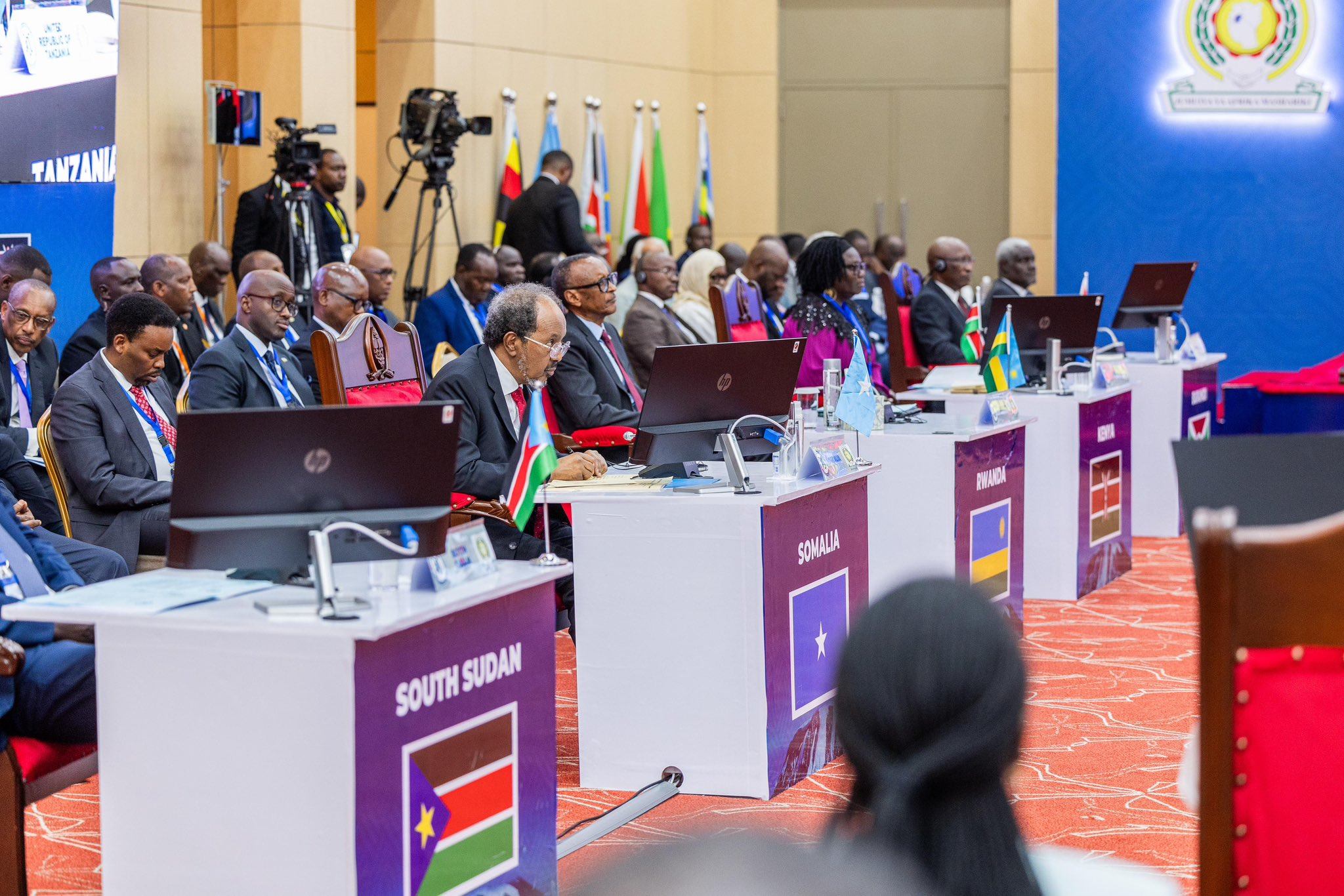 Heads of State and Government during the joint EAC-SADC Summit at State House, Dar es Salaam, Tanzania on February 8, 2025. (Photo: PCS)
Heads of State and Government during the joint EAC-SADC Summit at State House, Dar es Salaam, Tanzania on February 8, 2025. (Photo: PCS)
This directive signals a renewed push for diplomacy, despite the deep mistrust between Kinshasa and several rebel factions. Ceasefire and Protection of Civilians The leaders reiterated the need for an immediate cessation of hostilities and respect for international humanitarian law, especially the protection of civilians caught in the conflict. "The Joint Summit called for an immediate cessation of hostilities and respect for human rights, ensuring the protection of civilians in conflict zones," the communique read, highlighting the humanitarian toll of the decades-long crisis.
Strengthening Regional Coordination The communique also stressed the importance of closer collaboration between the EAC, SADC, and the African Union to avoid overlapping initiatives and promote cohesive peace efforts. "The summit emphasized the need for greater coordination among the East African Community, SADC, and the African Union to achieve lasting peace in the eastern DRC," it said, emphasizing the need for African-led solutions to African problems.
A Complex and Evolving Crisis The eastern DRC conflict remains one of Africa's most complex crises, driven by a tangled web of historical grievances, geopolitical rivalries, and competition for the region's vast mineral wealth. For years, the Luanda and Nairobi processes have run parallel to one another, with varying degrees of success.
While the Nairobi Process has focused on direct dialogue with armed groups operating in the eastern DRC, the Luanda Process has centred on defusing tensions between Kinshasa and Kigali, which Kinshasa accuses of backing the M23 rebels. By merging the two processes, the EAC and SADC leaders hope to create a more coherent and impactful approach that aligns diplomatic, military, and humanitarian efforts.
The success of this newly unified process will depend largely on the political will of all stakeholders, particularly the cooperation of the Congolese government and the armed groups it has long battled.
Top Stories Today
